/Dev TFT: Magic n' Mayhem Learnings
With just over two weeks left in Magic n' Mayhem, it’s time to share some learnings we’ve been discussing with the set. We’ll chat about the highs, like our favorite Charms, and the lows, like release Syndra. These are always in-depth articles for our deepest thinkers and most enthusiastic tea sippers, so brew a cup, and let’s unpack the anomaly that is TFT’s design!
TL;DR: We’re going to dive deep into our learnings on the following topics:
Set Theme: The upbeat creativity of Magic n’ Mayhem was a ton of fun, but with Into the Arcane, we’re staying as true to the show as possible, so expect something way more Arcane-y than Gizmos & Gadgets.
Charms: There were a lot of positives with Magic n’ Mayhem’s set mechanic for us to learn from. In this section, we’ll dig into what we liked about Charms, how we’ve adjusted them so far in the set, and why they won’t necessarily be sticking around.
Quarter Set: Projects like 14.18’s major patch (informally dubbed the quarter-set) emerge out of a desire to improve our game and respond to feedback in a timely fashion that isn’t tied to a schedule like mid-sets were. With this patch, we wanted to roll out content outside of a big set release, so we can take more time to digest it.
Release Patch: Syndra : This is where we discuss one of our bigger misses for the set. Read this one to find out just how and why Syndra happened, give this dense and a bit vulnerable section a read.
Champion Augments: Champion Augments are at their best when they fundamentally change how a champion is played, but also when they are relatively narrow and are only picked when you have the proper setup. We’ll take what we learned from Magic n’ Mayhem’s Champion Augments into the next set!
High Stakes Augments: Altogether, High Stakes Augments (Upgraded Adventurer, Golden Egg, etc.) were a mixed success, but we’re proud to have tried something this bold, and we’ll be taking some of the successes here into the future. As for Into the Arcane, we will have a High-Stakes trait!
Portals: We’re moving away from Portals in favor of a different solution that provides game-to-game variance with more instances of good variance vs. annoying ones.
Reroll vs Fast 8: It’s still our goal that champions of all costs have avenues to win games, but we need to change some of our power frameworks upon examining the current risks/rewards of each one.
Tocker’s Trials: Tocker’s Trials is coming back in the first patch of Into the Arcane! This time, Tocker’s Trials will be more of an onboarding mode for players to experience a new set in a low-pressure environment.
Set Theme
In the past, we’ve been writing these articles with the input of our design team, but with our last set, the art and theme were so important we just had to talk about it. With Magic n’ Mayhem, we’re in a similar boat, so for this section, we have our Gameplay Art Director here to go over just how the theme came together and how it landed.
From the calming Eastern fantasy-inspired setting of Inkborn Fables to the hectic and goofy chaos of Magic n’ Mayhem, we’ve ventured between two completely different fantasy settings in our past two sets. Here are some of our takeaways from Magic n’ Mayhem’s theme:
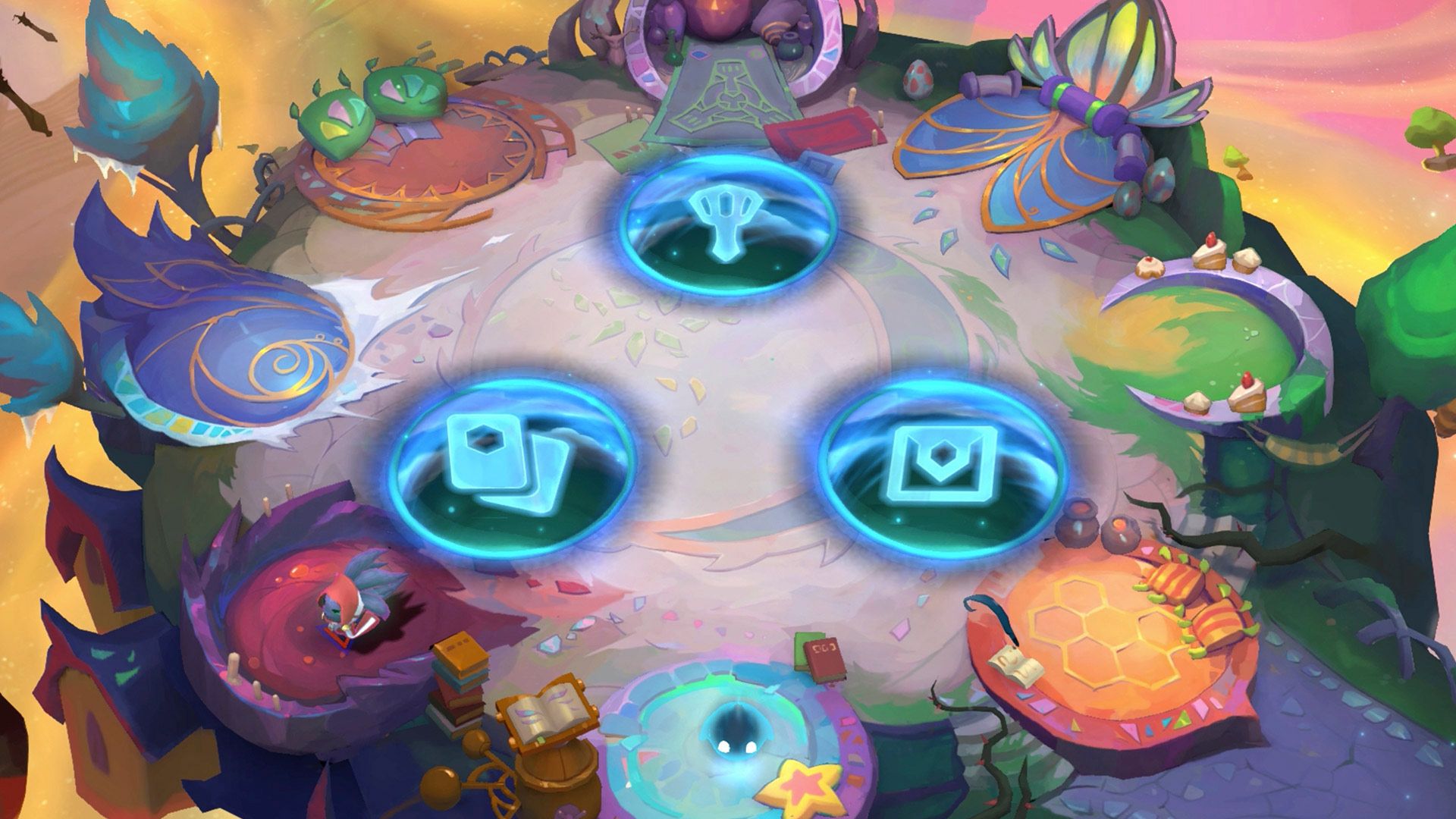
The theme of Magic n’ Mayhem was one of our most fun to work on from an art perspective. We leaned heavily into the thematic for things like the Magitorium setting and our Carousel, which was the most intertwined with gameplay yet; it was set in the Magitorium castle’s courtyard, and each alcove represented its own Origin.
The whimsical setting allowed us to get creative with what magic means. In the world of Magic n’ Mayhem, Sugarcraft, Honeymancy, and Portal all qualify as magic. We also brought in Norra from Legends of Runeterra to surprise players! All of this was balanced out by more recognizable magics like Witchcraft, Pyro, Frost, and even the wand-like structure of Charms.

The theme made for the perfect debut of our mechanic, Charms, because what’s more magical than a tiny wand following your tactician around? We’ll dig into the design of Charms—and how they landed—in a section later on.
We try to put our unique spin on well-established and understood themes across our vast IP. The reception of our thematic for Magic n’ Mayhem was mixed depending on who you asked and where they were answering from. Thematically, traits like Honeymancy and Sugarcraft brought out the whimsical and cutesy side TFT is known for. Still, we had some feedback that we over-indexed on that end—for example, our only edgy/dark trait was Eldritch. For some players, we lacked the more traditional magics like Frost or Pyro, but then there was a subset of players who LOVED the less traditional parts of Magic n’ Mayhem—and we love that for you. This all goes to show that thematics can be tricky. So, while we can't promise every set theme will be your next favorite theme, we can promise to continue pushing into new thematic territory that's at times as fun as it is unexpected and other times as enjoyable as it is known and nostalgic. Lastly, if the theme of Magic n’ Mayhem wasn’t quite for you, just read a little further…
With Into the Arcane, we’re leaning heavily into authentically representing Arcane, while remaining true to TFT’s core. Where Gizmos & Gadgets was a more casual homage to Piltover and Zaun, Into the Arcane will take things directly from the show in both theme and gameplay.
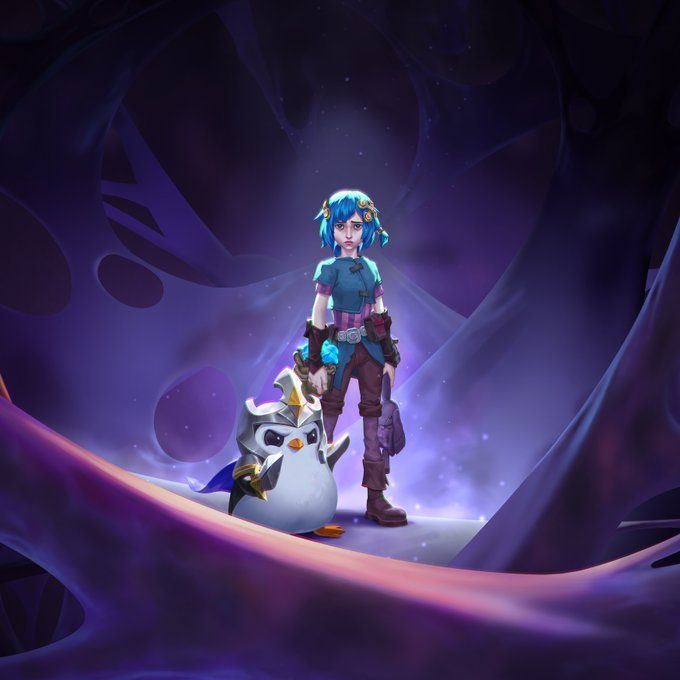
Charms
Magic n’ Mayhem’s set mechanic worked like a charm.
Let’s talk about the pros for Charms:
The mechanic had a relatively low impact, but was still fun to play.
Charms synergized with our theme.
Charms were relatively low complexity (buy Charm, get power) while still having a mastery curve (when to roll for Charms, a new leveling meta, etc).
Charms mostly had positive impacts (not many Cursed Charms barring trade-health-for-rolls style Charms) and all Charms had full player agency (you control when to buy them).
Somewhat subtly, Charms helped reduce set gold inflation that Inkborn Fables certainly had with Encounters. It did so by requiring you to spend gold to engage with the mechanic.
We were able to continually add and subtract new Charms, allowing us to improve and iterate on the mechanic consistently.
The last bullet is key here—if there was a negative to Charms, it was in some of the individual Charms we shipped. For instance, Desperate Plea and Summon Dragon were too strong on release, while Artifactinate was completely useless. We believe Charms were overall a great addition to the game, but that doesn’t mean they should stick around. Like Galaxies or Chosen, the best set mechanics should leave you wanting more.
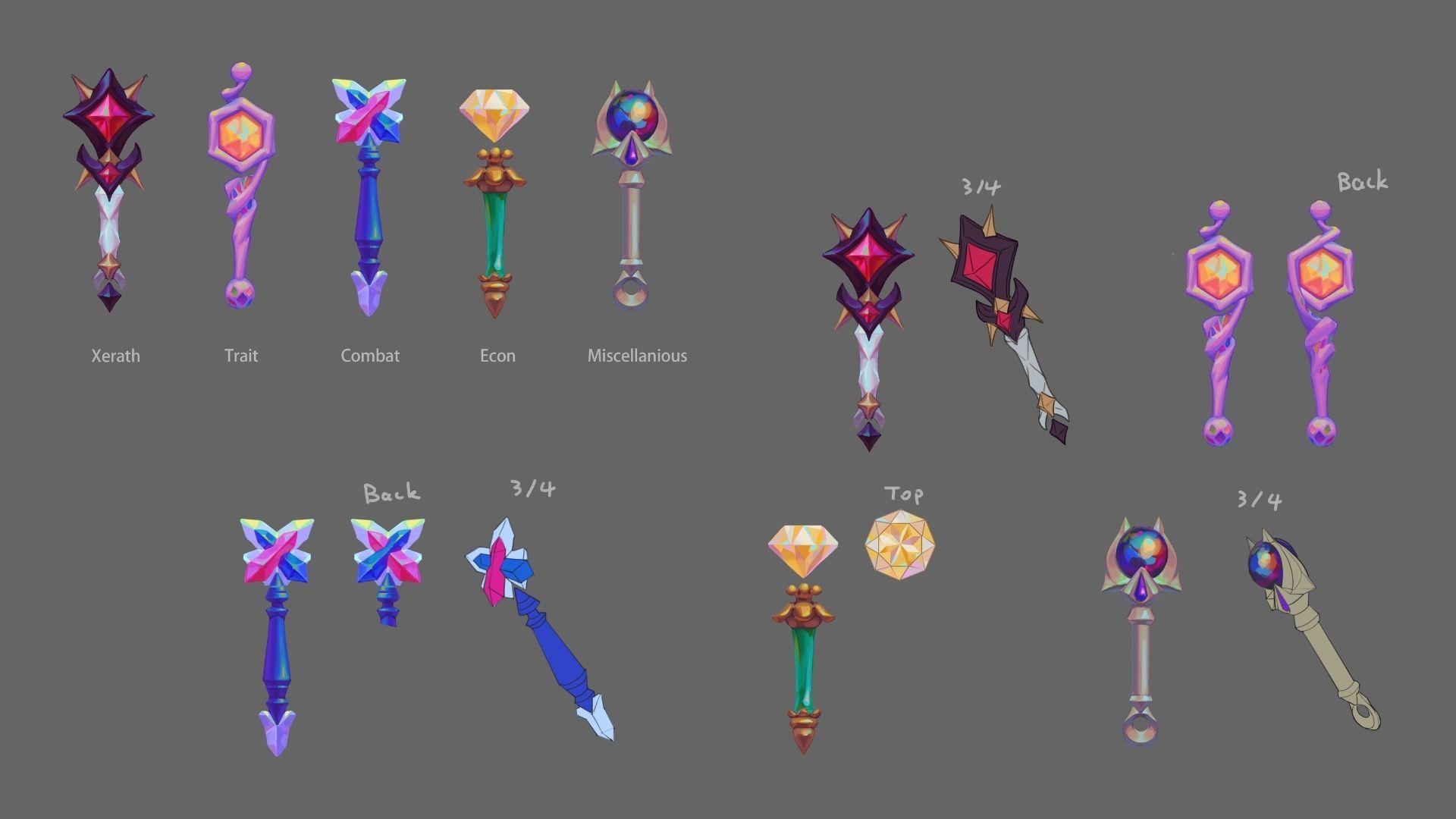
The 14.18 Quarter-set
Patch 14.18 was certifiably huge. It was the culmination of many individual projects poured into one patch that we dubbed (informally) the quarter-set. So, let’s talk about why we did it and how it landed, starting at the very beginning.
A long time ago, in a world sets away, TFT had mid-sets that delivered a big batch of changes midway through the set to freshen things up. One of the many reasons we got rid of mid-sets was so that we didn’t have to wait until a specific time to deliver changes that would instantly improve upon the game; we could just ship them in the soonest possible patch.
So, for our 14.18 quarter-set, we shipped a bunch of changes we’d been working on across many different teams to further improve things we thought could be better or just add more exciting new options for our most engaged players. Projects like the quarter-set emerge out of a desire to improve our game and respond to your feedback.
There’s one more thing we added with 14.18 that we’d like to discuss: the golden Frying Pan. We’ve been working on adding craftable Emblems for our class-based traits for a while now, and we wanted to do it as a staggered (not a full set release) release since it brought SO much change. The aim here is to roll out content in a more digestible way, sort of like we’ve done with new Charms for each patch. Since the golden Frying Pan is a permanent addition to TFT we saw the quarter-set as the perfect time for its addition.
Overall, we see the quarter-set as a success, but it wasn’t without its issues. Gwen and Wukong fell short, not just because of their power level (Gwen was far weaker on release), but because you had to relearn how to play them. Suddenly, Gargoyle Stoneplate wasn’t a good item on Wukong, and Bloodthirster wasn’t a good item on Gwen. In the future, when we do reworks, we want to make sure you don’t have to relearn the champion completely. Lastly, while Hecarim became a super fun and successful champion overnight, we shipped him with too much power, so we should be careful that our reworks don’t end up working overtime.
While there were some rougher parts to releasing so much new content at once (Shen’s Champion Augment, Faerie being too strong, etc.), 14.18 had a relatively smooth release given its scope, requiring a small B-patch that we followed up with super fast.
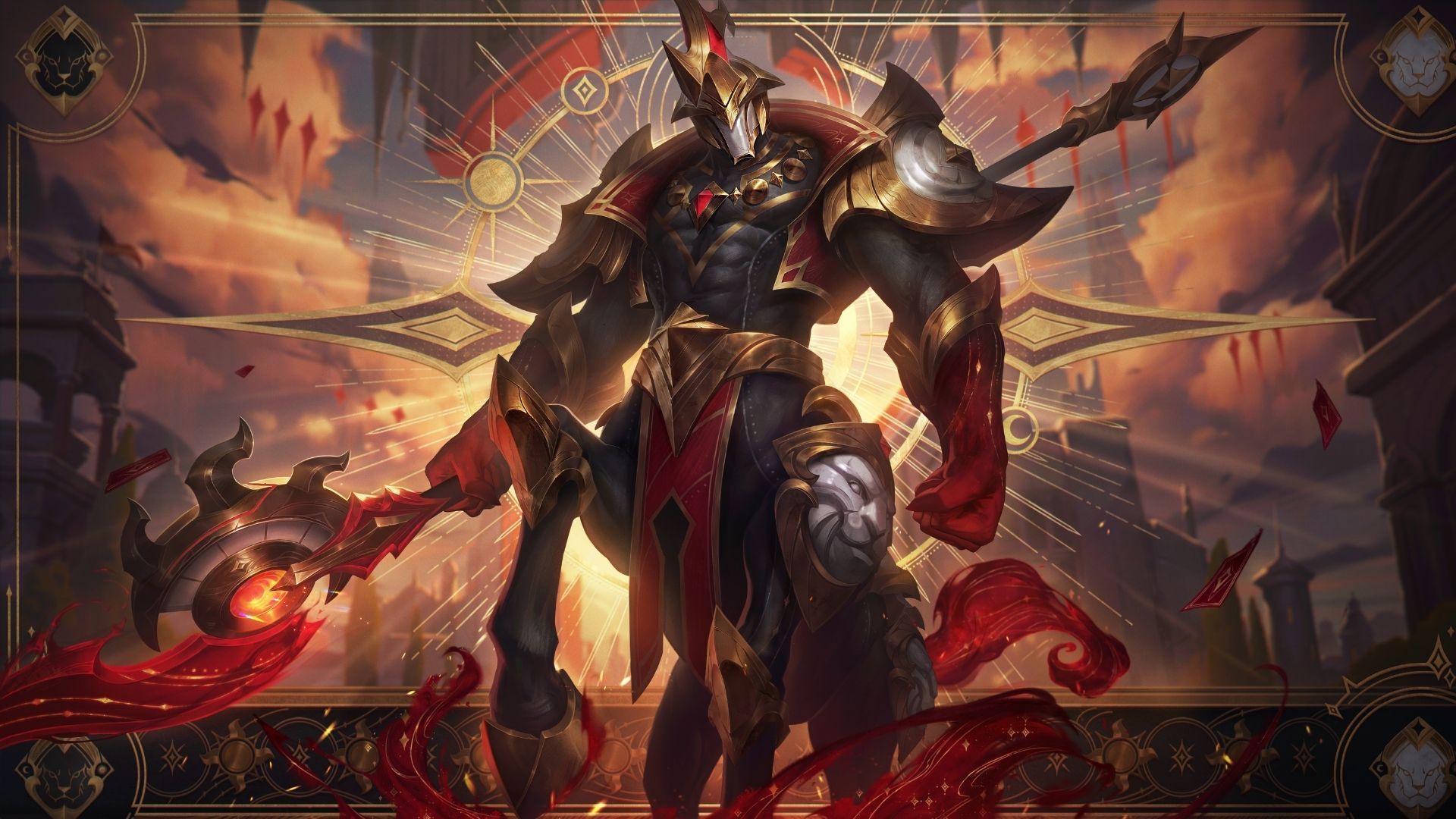
Release Patch: Syndra
Time to address the elephant in the room. Magic n’ Mayhem released with one champion that far and away outperformed the rest, even other OPs like release Kassadin. As a champion Syndra has a unique hook; she’s a two cost with an infinite ramping fantasy, making her need a bit of a pain to balance as we need her to be slottable into comps where she isn’t the focus but also have her power ceiling be something that exists. She’s a tough one, and we should have been able to get her in a better spot on day one. We messed up, but we also had a few factors working against us that we’ll know how to work around for next time. Storytime:
Magic n’ Mayhem goes to PBE and in our first patch on PBE we buff Syndra–woe. Mind you, this is already a Syndra that is wayyy stronger than release Syndra, so let’s call her Super Syndra. Super Syndra rides this buff to our second week of PBE, where we’re seeing her climb in the data, but not too much, mainly because we had a different OP warping the PBE data, Diana. Because Syndra wasn’t in a Diana comp, who was insanely strong at the time, she didn’t jump as significantly as we’d expected.
On July 22nd, our PBE patch gave her a small nerf, as her comp has climbed to a 4.3 average in our data. Oddly enough, her go-to comp starts looking weirdly weak in the PBE data after this. For our PBE update on the 24th, we give Super Syndra a more significant nerf, but we also fix a bug with her high Attack Speed builds (this is important; just wait).
Now it’s the day before (ONE DAY) Magic n’ Mayhem goes live. We see Syndra performing very well in PBE, despite players not building her optimally at the time, so we follow up with a nerf in an A-patch—knowing that once we A-patch something, we can no longer change that exact file once the patch goes live via a mid-patch update. Using her most common build on PBE (Jeweled Gauntlet, Spear of Shojin, Nashor’s Tooth), we simm Syndra and decide to nerf her by about 6% total power and Karma (her go-to pair) by a bit too. Now Super Syndra (with a tiny band-aid) hits live, and players immediately figure out that the best build was a build that wasn’t played or working too well during most of PBE. Players gather their bows, immediately optimizing something already powerful, and alas, Super Syndra enters our release patch, resistant to B-patches and LP losses.

Now, there are a few more factors in this story, but that’s the gist of it. In hindsight, we could have waited for Syndra to go live instead of A-patching her to get better data for a more informed B-patch, or we could have done a B-patch regardless that tried to band-aid nerf a file we didn’t touch on Syndra (we should have done this 100%), or nerf everything around her (in her go-to comp), but there are pros and cons to those too. No A-patched Super Syndra would have resulted in an even stronger Syndra for the first 48 hours of the set, and band-aid nerfing everything around Syndra would have made those items/Augments/champions/traits unplayable in Syndra-less situations. Nerfing Syndra via a file we didn’t impact with the A-patch, which we should have done, had its complications: the meta was still young and we weren’t fully comfortable pulling the trigger on changes two days into the patch. But as we know, a counter to Syndra did not emerge, and other comps did not rise to topple her.
Anyway, we share this anecdote not to create an excuse (we messed up) for Syndra but to shed some light on how tricky game-dev is in a live-service game, especially one where balance is so core to the gameplay.
Champion Augments
Champion Augments are at their best when they change how the champion is played fundamentally, but also when they are relatively narrow and are only picked when you have the proper setup (e.g. a Guinsoo’s Rageblade at 2-1 when you see Deja Vu as an option).
Some successful Champion Augments from the past are Time Knife (Shen) from Monster’s Attack! or Deja Vu (Galio) from this set, because they require not only changing your itemization but also different positioning and a unique composition.
Where Champion Augments have not succeeded, we’ve learned a few things. Augments like Spin to Win (Wukong) have taught us that if a Champion Augment doesn’t switch up the build completely, it’s not as dynamic as what we’d like to see in a Champion Augment. If a Champion Augment shifts a tank into a more damage-focused role but also maintains the Champion’s tankiness, it creates a frustrating experience for opponents. This was the case for a few of our Champion Augments like Blitzcrank, Elise, and Nunu this set. While they were fun at times, they were generally too frustrating to reprint.
Lastly, besides Monsters Attack!, which had Champion Augments as the core set mechanic, Magic n’ Mayhem was the first set to introduce Champion Augments for 1-costs (and 3-costs, but they’re not the focus here). This was a bold experiment because 1-cost Champion Augments come online at around stage 3-1, where the power is so strong that you can steamroll lobbies, but you’re unlikely to succeed in the mid-to-late game. This wasn’t the case for a few of our 1-cost Augments that could carry even into stage 5.
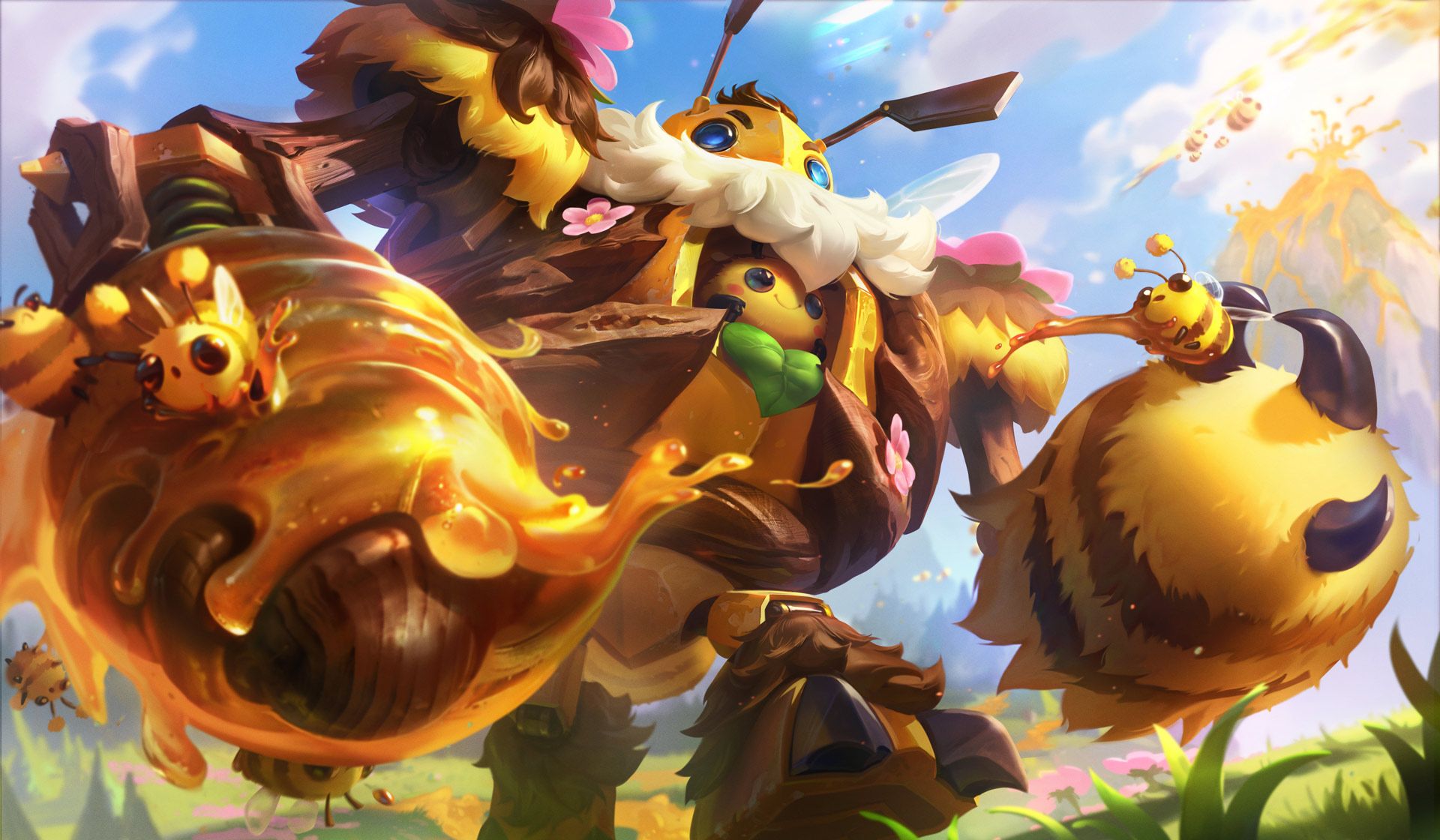
Moving forward, we will be changing our approach to Champion Augments. We’ll make 1-cost Champion Augments Silver tier, so they aren’t as impactful in later stages. We’re also going to continue 2-cost and even 3-cost Champion Augments, but we have one more extension to this area that we’ll reveal at a later time. Let’s just say it should team up with the rest of our Augment learnings quite well.
High-Stakes Augments vs. High-Stakes Traits
With Magic n’ Mayhem, we tried something experimental with the set structure; we shipped without a true high-stakes trait for the first time since Reckoning (our fifth set). Instead, we designed several High-Stakes Augments to ensure the set had enough of these “risk it all for the highlight reel” moments that players have come to love and expect.
This experiment was a risk in itself; we’d be moving high-stakes gameplay into a space where it’s not forceable for players who main that strategy. It would also be disconnected from the trait web, allowing for super Open Fort (intentionally empty or near-empty boards) strategies. The reward for this risk was creating more unique cashouts and potentially opening up new ways to play high risk.
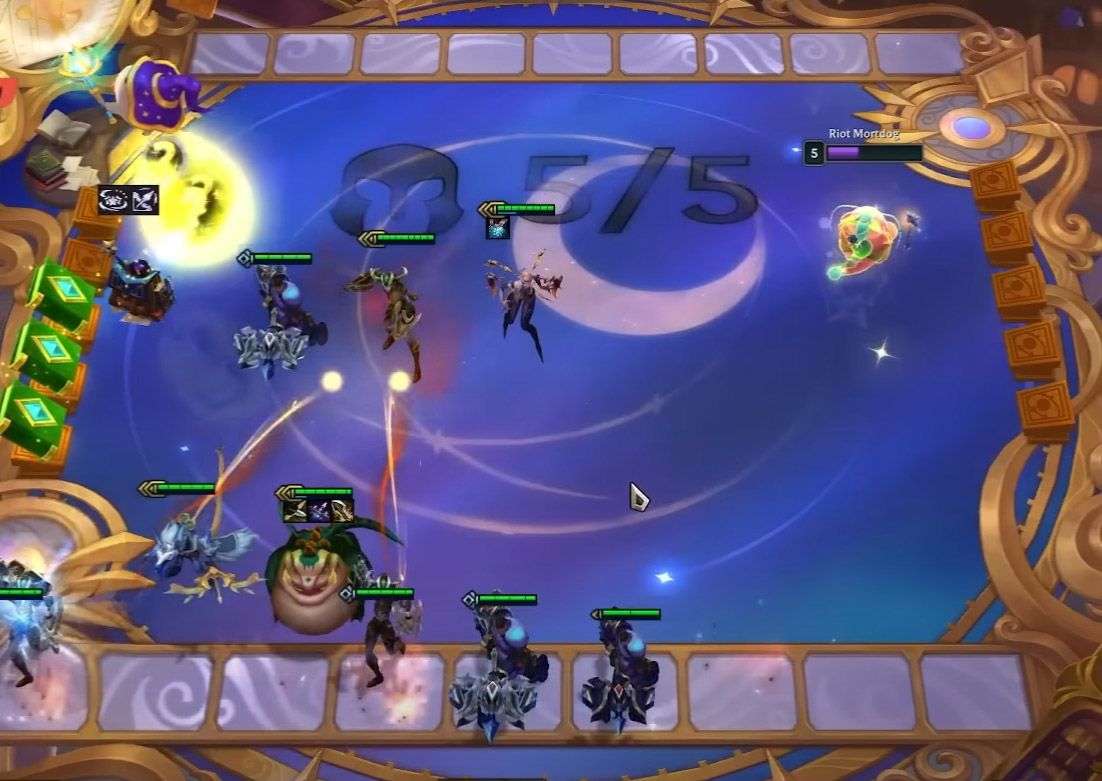
Altogether, this was a mixed success. Augments like Golden Quest, Upgraded Adventure, and Trait Tracker succeeded in creating super novel cashout moments that required different types of high-risk play. But Augments like Fortune Favors the Bold just shipped a completely Open Fort version of Fortune without innovating much on the cashout.
High-Stakes Augments have to ship with enough risk for them to be exciting, which wasn’t the case for Augments like Fortune Favors the Bold and the Golden Quest. These Augments needed higher stakes to get them to the point of something like Golden Egg. Regardless, we’re proud to have tried this out, and we’ll take some of the successes here into the future. As for Into the Arcane, we will have a high-stakes trait that’s sure to create some highly illegal board states.
Portals
In our Learnings article for Inkborn Fables, we discussed the complexity ceiling of TFT for new players—let’s just say no one is hitting their head on it anytime soon. In that section, we pointed out that Portals are a big ask for new players, requiring them to read all the Portal descriptions and make a decision in a short window of time. It’s a lot for a first-timer, so we went to work on how to replace Portals.
With Into the Arcane, we have that replacement. But before revealing what it is, we want to take some time to outline our problem statements with Portals since many players still really like them.
There are obvious winner and loser Portals in terms of popularity and desirability. The gap between the five most popular and least popular Portals is huge.
Portals pose a barrier to entry for new players.
Despite the above problem statements, we still gain a ton of value from Portals as they provide game-to-game variance that everyone has enjoyed at one point or another. So we want to maintain game-to-game variance, cut down on complexity, and enable more desired game-to-game variance (more good Portals, less bad ones).
With Into the Arcane, we’ll have 10 different opening options, each tied to a specific (and important) character in the set. Here’s a loose breakdown of who you will encounter, what effect they’ll have on the game, and how often you may see them (subject to change):
No Opening Encounter Game (40%)
Jinx: Crab Game (5% Scuttle Puddle, 5% Crab Rave)
Redacted: Wandering Trainer (3%)
Heimerdinger or Ekko: Prismatic Game (5% Prismatic Augment Opener, 2.5% Prismatic Augment Finisher, 2.5% All Prismatic Augments)
The list goes on for things like All Gold Augments, Loot Subscription, and more surprises we’ll share later, but these should paint a picture of the new system. We specifically only kept the high-popularity Portal effects with these. We’re focused on MOST games being a relatively normal experience (even Prismatic games count as normal since those can happen as is), but the occasional exciting thing we know players like are still there (read Wandering Trainer and Crab Rave). All of the mid to less-popular options are gone. Let us know which you’re most excited about and who you think will represent each effect!
Reroll vs. Fast 8
First and foremost, it's still our goal that champions of all costs have avenues to win games. There need to be successful comps where you reroll a 1-cost around 3-1 to 3-3, then power level and build around their maxed traits. The same is true for 2- and 3-costs. However, there also need to be strategies that involve going to Levels 8 and 9 and playing around 4 and 5-costs. It’s important all of these playstyles are viable when executed well.
One of the things that has changed, though, is how quickly people can see reroll champs come online. It was possible to see a three star 2-cost on 2-1 to 3-2, and three star 3-costs sometimes came online before 4-1. With how early these three star 3-costs can come online, they can’t be so close in power to two star 5-costs, as our current framework has them.
We will likely be adjusting power frameworks with time availability in mind. Balance will be tight to ensure both can be successful, but we need to ensure the payoff for a two star 5-cost is worth it. Late-game champs should be the peak of comps, and getting them online only to falter is not a great experience.
Tocker’s Trials
Our first (experimental) PvE game mode, Tocker’s Trials, collected a staggering 13 million hours of playtime in its first 20 days! We’re still talking about what this means long term, but for now, we’re thinking about Tocker’s Trials’ role in our next set.
Tocker’s Trials will return as an onboarding mode for our new set, Into the Arcane.
Like many of our players, we see a lot of value in a TFT PvE mode, so we’re shifting our focus for Tocker’s Trails during Into the Arcane to be primarily an onboarding tool to learn the new set, whether you’re a new player or just a player who wants to get familiar with the set in a lower stress environment.
Tocker’s Trials will return as is (mostly) during Into the Arcane but as a Normal mode only (no Chaos). We’re doing this for several reasons. First, we see the more accessible Normal mode as an important learning tool for players new to TFT. The lack of a timer allows players to sit with the complexity of TFT, take their time to learn every aspect, and read every tooltip (doubtful, but the time is there). We hope you’re able to catch up your prospective Double Up partner on the new set with Tocker’s Trials’ return and are excited to share our conversations about PvE’s future in TFT once they are in a more developed spot!

That was a long one! If you made it this far, color me impressed—these are always packed with nuance and complex detail, so thanks for reading this as much as you have (likely) contributed to TFT with your feedback. We’ve got ideas aglow underfoot for our next set, so I’ve gotta run, but until next time, take it easy!